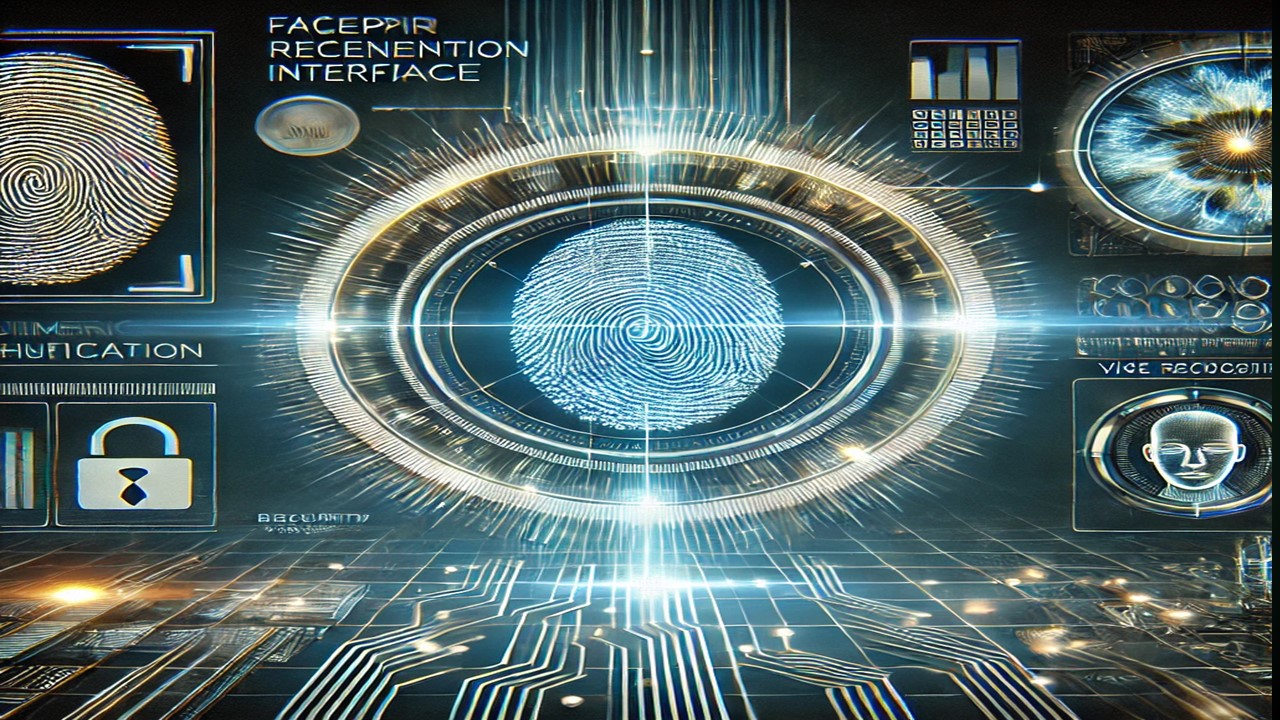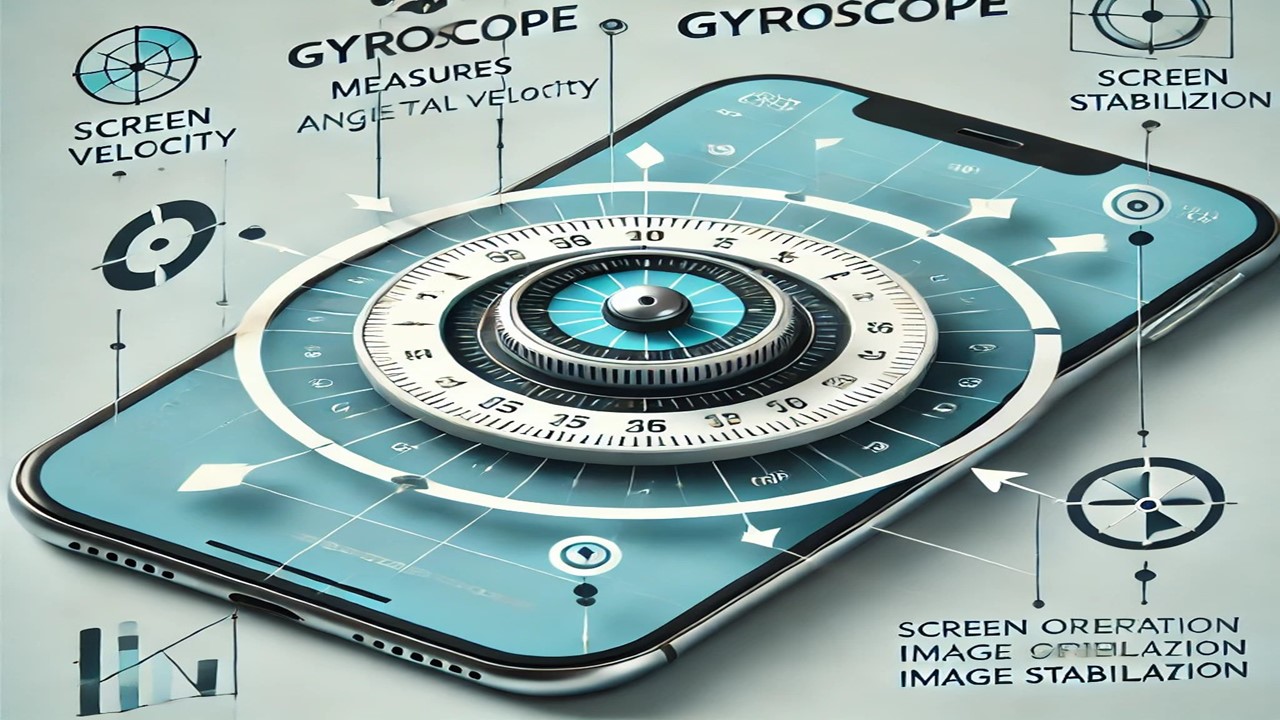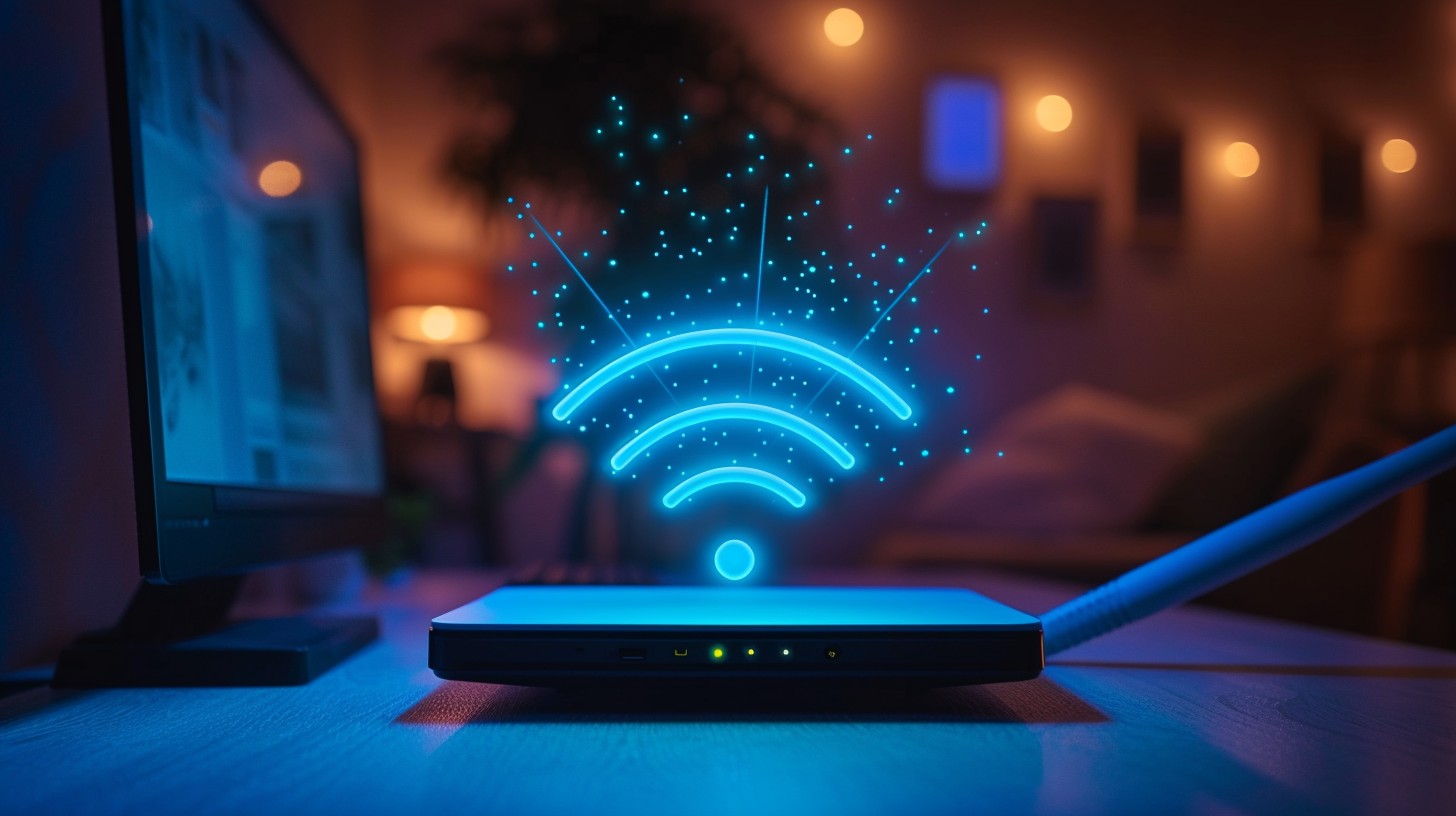
हिंदी में पढ़ने के लिए मेनू बार से हिंदी भाषा चयन करें।
Introduction
Artificial Intelligence (AI) is revolutionizing industries worldwide, and AI chatbots are among its most impactful innovations. Whether you’re shopping online, using banking services, or interacting with customer support, chances are you’re communicating with an AI chatbot.
AI chatbots are now widely used in customer service, healthcare, education, finance, entertainment, and business automation. In this article, we will explore the different types of AI chatbots, how they work, their future potential, and investment opportunities in this rapidly growing sector.
Types of AI Chatbots
AI chatbots can be classified based on their functionality and intelligence.
- Rule-Based Chatbots: These chatbots follow pre-defined rules and can only respond to specific queries using a decision-tree structure. They are commonly used in banking chatbots, helpdesk support bots, and ticket booking systems. While they provide quick and consistent responses, they struggle with complex queries and require regular updates.
- AI-Powered Chatbots: These chatbots use Natural Language Processing (NLP), Machine Learning (ML), and Deep Learning to understand user intent and improve over time. Examples include ChatGPT, Google Bard, and Microsoft Copilot. They offer human-like conversations and multi-language support but require large data and computing power.
- Voice-Enabled Chatbots: These chatbots use Automatic Speech Recognition (ASR) and Text-to-Speech (TTS) technology to process voice commands. Examples include Amazon Alexa, Google Assistant, and Apple Siri. They enable hands-free interaction and smart home integration but may struggle with accents and privacy concerns.
- Social Media Chatbots: These bots operate on platforms like Facebook Messenger, WhatsApp Business, and Telegram, helping businesses automate customer service and marketing. They provide 24/7 support but have limited capabilities in handling complex queries.
- Generative AI Chatbots: Powered by Large Language Models (LLMs), these chatbots can create original content, write code, and generate creative responses. Examples include ChatGPT, Google Gemini, Meta AI, and Grok AI. They offer advanced capabilities but require high computing power and sometimes produce inaccurate information.
Grok AI: Elon Musk’s Advanced Chatbot
One of the latest AI chatbots making waves is Grok AI, developed by xAI (Elon Musk’s company). Grok AI is designed specifically for X (formerly Twitter) and is meant to compete with ChatGPT, Google Bard, and Meta AI.
Key Features of Grok AI:
- Real-Time Information – Grok AI pulls data directly from X (Twitter), ensuring up-to-date responses.
- Humorous and Witty Responses – Unlike traditional chatbots, Grok AI is programmed to deliver sarcastic and witty replies.
- Multiple Model Versions – Grok 3 and Grok 3 Mini cater to different user needs.
- Continuous Improvement – xAI claims that Grok AI is evolving rapidly and will become even more powerful.
Grok AI vs. Other Chatbots
| Feature | ChatGPT | Google Bard | Grok AI |
| Data Source | Static data | Google Search | X (Twitter) live data |
| Humor and Sarcasm | Limited | Formal | Highly humorous and witty |
| Latest Information | Relies on updates | Live search | Live access to X (Twitter) |
Future Potential and Investment Opportunities in Grok AI
Since Grok AI is integrated with X (Twitter), it has massive potential for real-time content generation and engagement. If xAI expands its capabilities, it could become a major player in AI chatbot technology, presenting lucrative investment opportunities.
Future Prospects of AI Chatbots
The future of AI chatbots looks promising, with several key advancements expected:
1. Super-Intelligent Chatbots
AI chatbots will become highly sophisticated, understanding human emotions, intent, and context better than ever.
2. Fully Automated Customer Service
90% of customer interactions may become AI-driven, reducing the need for human agents.
3. AI and Blockchain Integration
Blockchain-powered AI chatbots will enhance data security and transparency in AI interactions.
Investment Opportunities in AI Chatbots
As AI chatbot adoption grows, there are several lucrative investment avenues:
1. Investing in AI Startups
Many startups are developing AI-powered chatbots, making them attractive investment options.
2. AI SaaS (Software-as-a-Service) Businesses
AI chatbots are a key part of SaaS-based automation solutions, creating opportunities for business investments.
3. Stock Market Investment in AI Companies
Major AI players are publicly traded and offer solid investment potential:
- Microsoft (Investor in OpenAI, ChatGPT)
- Google (Developing Bard AI/Gemini AI)
- Meta (Advancing AI virtual assistants)
- Tesla (Elon Musk’s company, working on AI and automation)
Conclusion
AI chatbots are no longer just customer service tools; they are transforming business, healthcare, education, and finance. With advancements in generative AI, real-time data processing, and multi-modal capabilities, the chatbot industry is set for massive growth.
With AI evolving rapidly, investing in AI chatbots today could lead to significant returns tomorrow.

































































